Let's Talk About Sex
A Teacher’s Perspective on Giving Teens a Voice
When I taught my first program, I worried the material would be uncomfortable- that teens would squirm listening to me talk about sex and safety in relationships. I worried I would quickly become the “freaky sex lady” who made them discuss topics like pornography, peer pressure, toxic relationships and boundaries- all very personal subjects. Bracing myself, I opened with the line I open every class with: “You are the creator of your destiny and master of your life. My goal in this class is to help you be best version of YOU that you can be.”
When students began to see that I actually meant what I said, they started to trust me. As class continued and the group got more comfortable with each other, I realized the truth was the opposite of what I feared: It isn’t that young people want to avoid these conversations, it’s that they aren’t given enough space to have them, so they don’t know where to begin.
As we prepare to teach another group tomorrow, I feel excitement more than anything. Because young people are our future, and will one day be the leaders that we, in turn, will follow. They have inherited a world in need of significant healing and change. When we embolden youth to understand what they bring to the table as far as wisdom, skill, communication and purpose, we allow them a greater chance of approaching these challenges with grace and aptitude. Keeping a sex-positive attitude, acknowledging the reasons teens are so interested in it, is more likely to create the kind of respectful environment that is most conducive to learning.
So, while I feared being the freaky sex lady, the experience of teaching has shown me that the conversations we have in our classes only begins with sex and safety, and quickly becomes about self-awareness and personal growth. Attributes that enhance confidence in every area of life, not just in the realm of sex and relationships.
Now I understand that sexual safety education is more about dialogue; an opportunity to explore together, teacher and student, the parts of life that are confusing. When a young woman talks about the mixed messages she receives from peers and the media about being “nice” and sweet, or seductive and sexy, there is no easy answer a teacher can provide. Instead, we look at the cultural forces behind the pressure while helping young women find their personal truth, along with the communication style that supports that truth.
When young men say that they are equally confused about whether they should be the friendly nice guy, or the guy with a lot of sexual prowess and experience, we hold space for an objective conversation. After all, there’s a lot of information, faulty messaging and bravado that goes into finding the path that is right for oneself, whether a teen identifies as male, female, or non-binary. For young men, having the opportunity to learn from other teens of any gender or sexual preference, broadens the understanding of what it means to be part of a diverse human community, each with their own approach to sex and relationships.
For LGBTQ+ students, the social challenges are even greater, since society has not come far enough in knowing what it’s like to navigate life as a queer or trans person. Because discrimination and homophobia increase risk, the conversations that take place must hold an eye for safety needs, but require much more nuance in order to help each student explore their lived experience and understanding of themselves.
The pressures teens navigate on a daily basis are not new to this generation, but are intensified exponentially by managing screen life. Deciphering the true from the untrue in the media is a skill young people are adept at, when it comes to the aspects of life they have experienced and/or learned about. However, building trust and connection in relationship (two things that studies show teens most want) is a learning process, and usually requires making some mistakes along the way. The hope is that these mistakes are not scarring, but growth-producing. For when a young person understands what they bring to relationship as far as personal boundaries, comfort level, and communication style, they have a much greater chance of achieving success in building the trust and connection they seek.
In many ways, I see our goal as caring adults to be that of giving voice to young people. Indeed, theirs are the voices we will want to hear more of in the future.
Thanks for taking the time to read this article. To learn more about our books and programs, click here.

